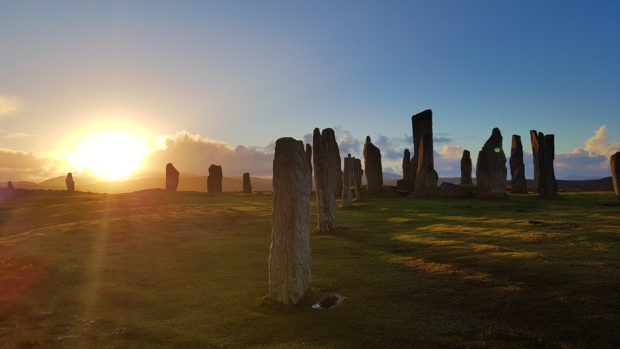New funding from Historic Environment Scotland (HES) will allow St Andrews University researchers to discover the secrets of hidden stone circles on the Isle of Lewis.
A pilot project led by Dr Richard Bates of the university’s School of Earth and Environmental Studies, together with a team of archaeologists and geophysicists from Bradford University and Trinity St David, University of Wales, previously explored the area near the famous Calanais standing stones.
The team of experts was able to create images of the buried stone circle and also discover that a major lightning strike had occurred at the centre of the stone circle.
A new project will allow the team and community to extend investigations to other stone sites and importantly map the Neolithic landscape buried beneath the peat and submerged offshore.
Urras nan Tursachan has been awarded £19,920 from HES for a community project to train local volunteers to survey and record the coastal landscape at Calanais, the intertidal zone and the waters of Loch Roag.
Dr Bates said: “We are extremely pleased to be working with Urras nan Tursachan (UNT) on this exciting new project.
“The landscape holds so many fascinating secrets that we hope can be addressed through a combination of geophysical remote sensing and boots-on-the-ground with the local community volunteers.”
The project is one of 18 community-based projects receiving funding from Historic Environment Scotland (HES) to protect, promote or engage with Scotland’s coastal or waterway heritage as part of its Coast and Waters Heritage Fund.
The Coasts and Waters Heritage Fund is a one-off competitive fund which launched in March to celebrate Scotland’s Year of Coast and Waters.










